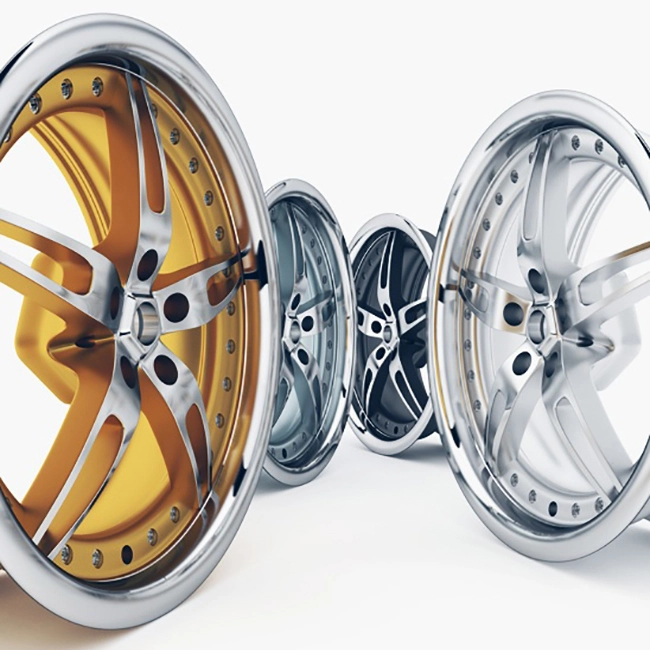Exploring the Versatility and Applications of O-Rings in Various Industries and Technologies
The O-Ring A Small Yet Crucial Component in Engineering
In the world of engineering and manufacturing, the significance of small components can often be understated. Among such components, the O-ring plays a vital role in ensuring the integrity and functionality of various systems. This article delves into the characteristics, applications, and importance of O-rings in different industries.
What is an O-Ring?
An O-ring is a circular, donut-shaped elastomeric seal that is used to prevent the leakage of fluids or gases. Typically made of rubber, silicone, or other elastomeric materials, O-rings are designed to fit into a groove and create a seal when compressed between two or more components. Their name originates from their circular “O” shape, which is integral to their functionality.
Characteristics and Materials
O-rings come in a variety of materials, each suitable for different applications
. Common materials include1. Nitrile Rubber (NBR) Most commonly used, excellent for petroleum-based oils and fuels. 2. Fluoroelastomer (Viton) Known for high-temperature resistance, ideal for chemical applications. 3. Silicone Flexible at extreme temperatures, suitable for both high and low temperature applications. 4. Ethylene Propylene Diene Monomer (EPDM) Great for water and steam applications, as well as weather resistance.
Each of these materials exhibits unique properties, making them suitable for various environmental and operational conditions.
Applications Across Industries
O-rings are used in diverse industries due to their multifunctionality and reliability. Here are some notable applications
o ring o ring

1. Automotive In vehicles, O-rings are utilized in braking systems, fuel systems, and air conditioning units to prevent leaks and ensure optimal performance under varying pressures and temperatures.
2. Aerospace O-rings play a crucial role in the aerospace industry by sealing fuel systems and hydraulic systems, contributing to the overall safety and efficiency of aircraft.
3. Medical Devices In the medical field, O-rings are used in equipment such as syringes and diagnostic devices. Their ability to maintain cleanliness and prevent contamination makes them essential in ensuring the reliability of medical tools.
4. Manufacturing Manufacturing equipment often uses O-rings in hydraulic cylinders and pumps. Their efficiency in sealing helps maintain operational fluid dynamics and prevents loss of valuable resources.
5. Household Appliances O-rings are also commonly found in household appliances like dishwashers and washing machines, where they prevent leaks and promote durability.
Importance in Engineering Design
The significance of O-rings extends beyond their mere application. Their integration in engineering design plays a crucial role in enhancing the safety and efficiency of products. An improperly selected or installed O-ring can lead to leaks, malfunctions, or even catastrophic failures, highlighting the necessity for precise specifications during the design phase.
Engineers must consider various factors such as temperature, pressure, and the type of fluids involved when selecting an O-ring. Moreover, proper maintenance and periodic replacements are essential to ensure their longevity and performance.
Conclusion
The O-ring, though small in size, is a powerhouse when it comes to sealing applications across various industries. Its versatility and reliability make it an indispensable component in engineering and manufacturing. By understanding the importance of O-rings, engineers and manufacturers can ensure better performance and safety in their products, ultimately contributing to a more efficient and reliable technological landscape. In a world where even the smallest components can have a significant impact, O-rings undoubtedly hold a place of prominence.
-
Understanding Automotive Oil Seals: Essential Components for Engine and Shaft Protection
News Jul.30,2025
-
The Importance of Heavy Duty Seals in Industrial and Residential Applications
News Jul.30,2025
-
Exploring Industrial Oil Seals: From Felt Oil Seals to TTO and CFW Solutions
News Jul.30,2025
-
Essential Guide to Oil Seals: From Radial to Metal-Cased Seals for Industrial Reliability
News Jul.30,2025
-
Choosing the Right Oil Seals and Gaskets for Industrial and Automotive Applications
News Jul.30,2025
-
Cassette Seals: Durable Sealing Solutions for Harsh Environments
News Jul.30,2025
-
Understanding the Front Main Engine Seal: Purpose, Maintenance, and Installation
News Jul.29,2025
Products categories















